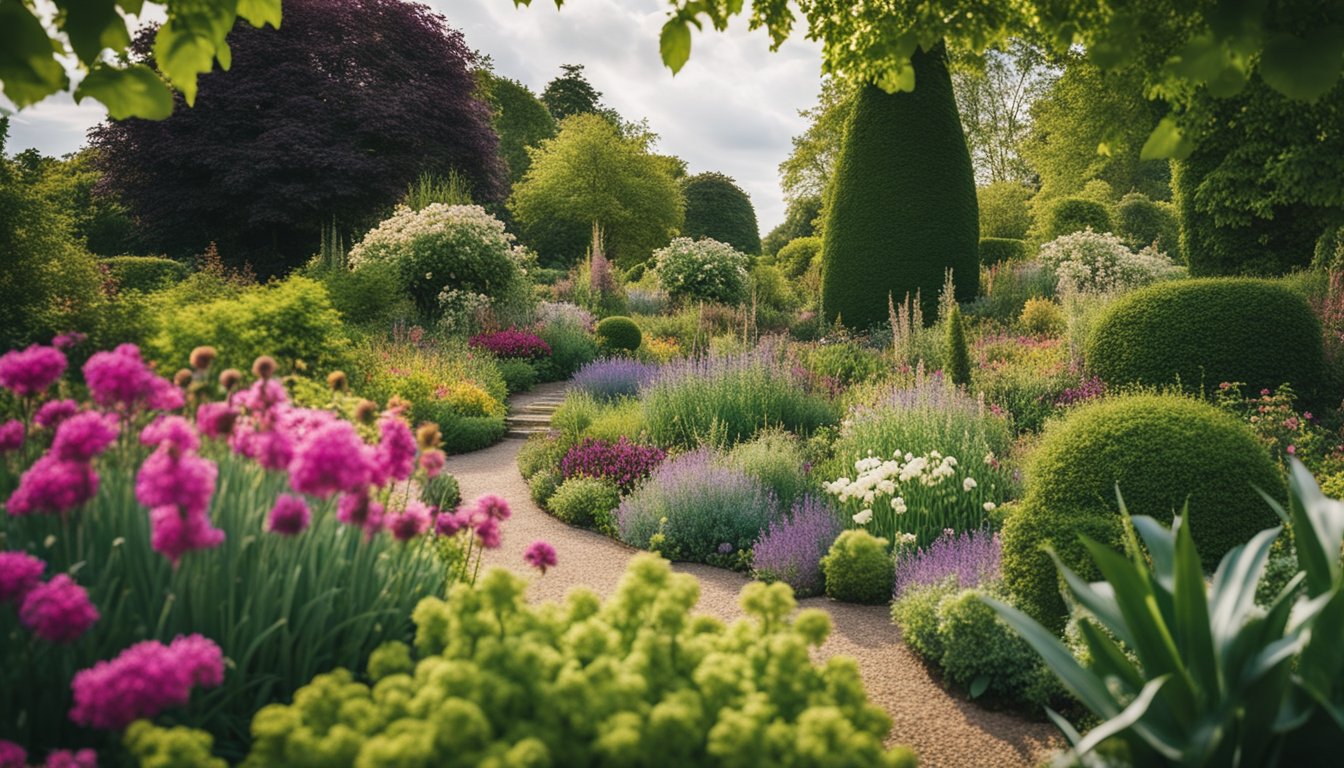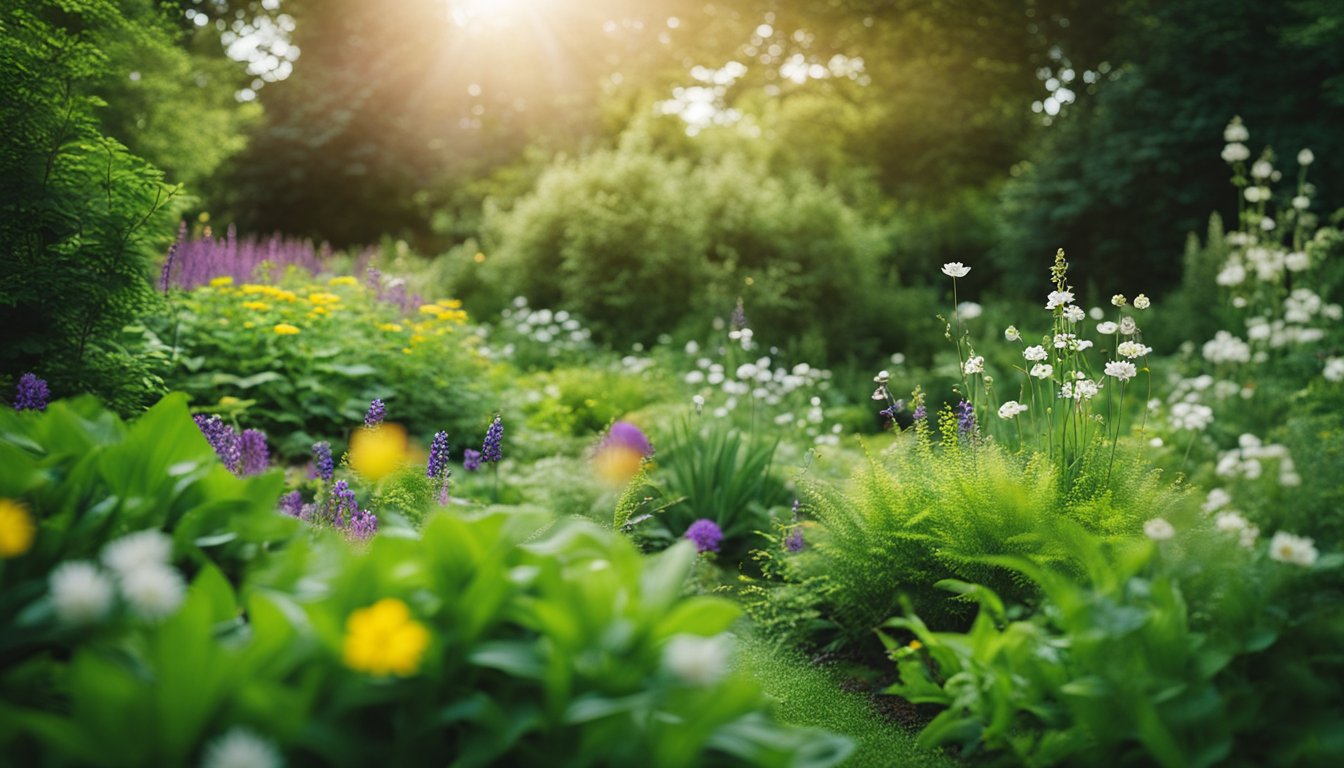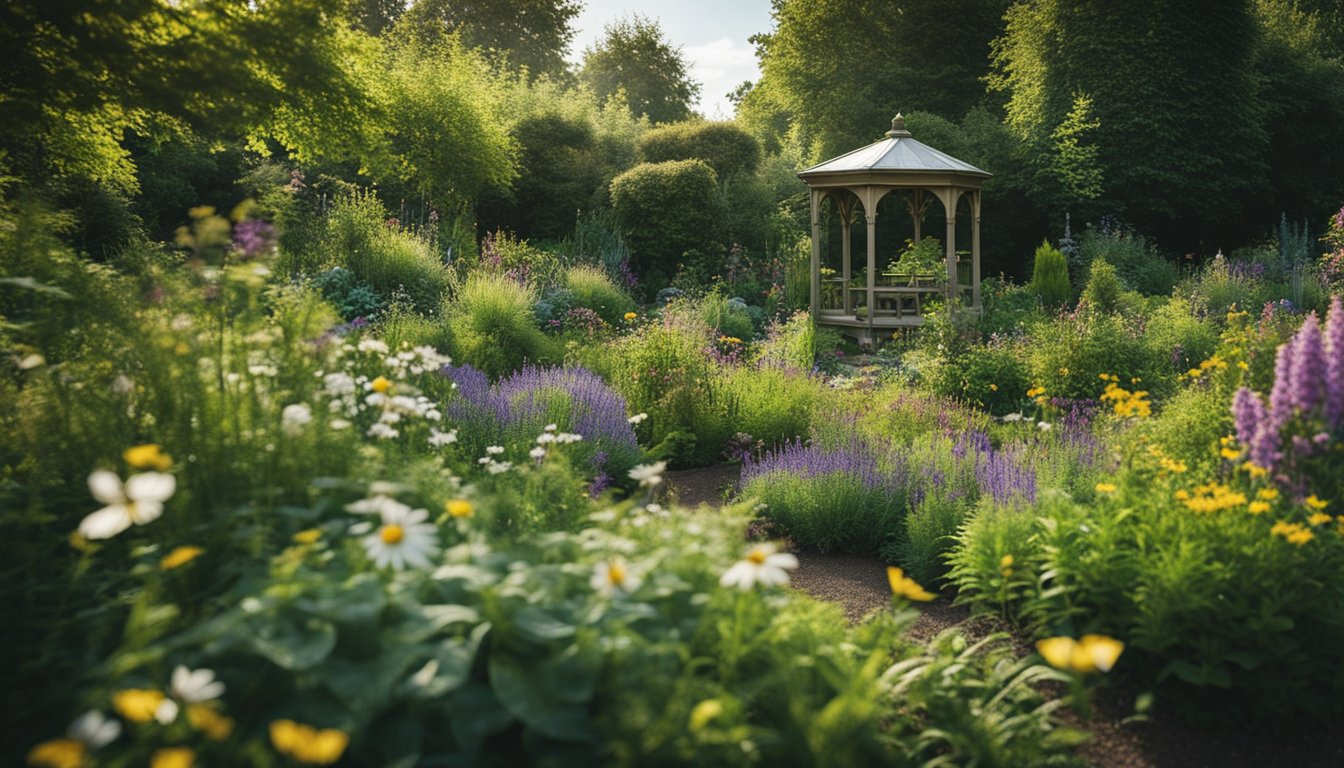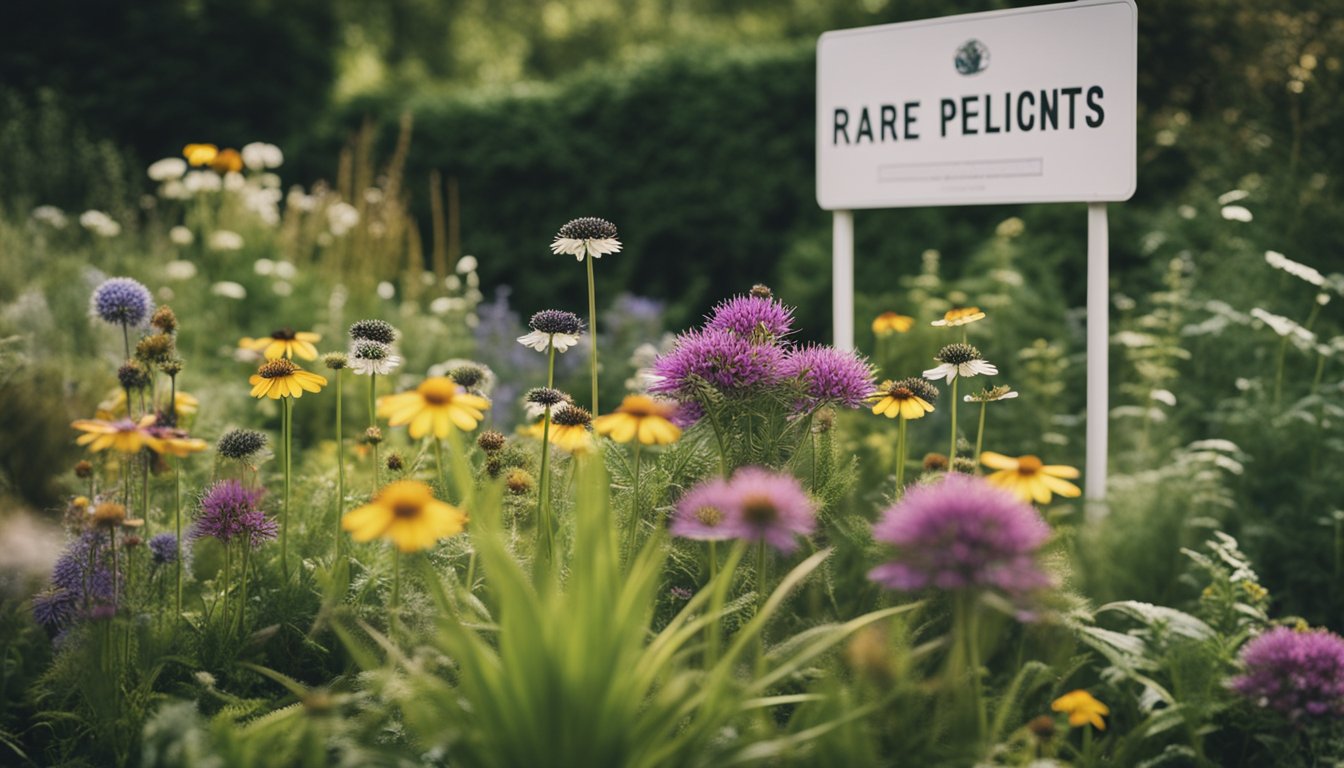Late updated: 27 Jun 2024 18:06
Written by: Emily Thornton
Rare Native UK Plants For Unique Gardens: Enhance Your Green Space
Exploring the untamed beauty of rare native plants in the UK can transform any garden into a haven of biodiversity and intrigue. Imagine showcasing the elusive ghost orchid, a plant so rare that few have ever seen it in the wild, thriving in your own backyard. This fascinating orchid relies on fungi for nourishment in the absence of sunlight, making it a unique addition to any garden.

Our journey through the UK's native flora also reveals the captivating Stinking Iris, with its uncommon beauty and resilience. This evergreen iris is remarkable for its ability to thrive in shaded and drought-prone environments, adding a distinct touch of nature to your garden. The bluish-purple flowers and vibrant orange-red seeds create a striking visual contrast that is hard to ignore.
Incorporating rare native wildflowers not only enhances the aesthetic appeal of our gardens but also supports local ecosystems. By planting species like Bluebells, we contribute to the preservation of these plants while attracting pollinators and enriching the soil. These choices can make our gardens sustainable sanctuaries for wildlife, celebrating the natural heritage of British flora.
Key Takeaways
- Rare native UK plants can make gardens unique and support biodiversity.
- Ghost orchids and Stinking Irises are unique examples of native flora.
- Planting native wildflowers like Bluebells supports local ecosystems.
Cultivating Rare British Flora

We explore the essentials for nurturing rare British flora in gardens, from selecting the right species to creating natural habitats and planting at optimal times.
Selecting the Right Species
Choosing the appropriate species is critical for success. Native species like the wood anemone, bluebell, and snake's head fritillary are excellent choices. These plants are well-adapted to the local climate and soil, providing a better chance of thriving.
Additionally, consider lesser-known species such as the lady orchid and stinking hellebore. Garden centres often stock plug plants, which are young plants ready for immediate transplantation. Plug plants are beneficial as they establish quickly compared to seeds. Moreover, these rare plants often need specific conditions, so knowing their requirements is vital.
Creating Natural Habitats
To foster these rare species, mimic their natural habitats. Meadows, ponds, and woodlands offer the ideal environment for many of these plants. For example, wood sorrel and violet thrive in shaded, moisture-retentive soils, typical of woodland understoreys.
Creating a woodland garden on private land can be impactful. Use native trees and shrubs to provide dappled shade, ensuring that planting areas benefit from leaf litter for nutrient-rich soil. Honeysuckle and dog rose can climb these trees, adding vertical interest and continuous bloom during different seasons.
Seasonal Planting Guides
Timing is crucial for the successful establishment of rare British flora. Spring bulbs such as the wild daffodil and lesser celandine should be planted in the autumn. Early planting allows roots to develop over winter, ensuring vigorous growth come spring.
For summer-flowering species like red campion and dianthus, planting in late spring when the risk of frost has passed is ideal. Pasque flower and primrose benefit from a similar approach. In contrast, stinking hellebore prefers a late winter planting, taking advantage of cooler temperatures to establish before summer heat.
Incorporating these practices ensures that our gardens not only look stunning but also contribute to the conservation of Britain's unique floral heritage.
Supporting Biodiversity With Native Plants

Enhancing our gardens with native plants not only brings unique beauty but also significantly supports biodiversity. By selecting the right species, we encourage local wildlife and preserve delicate ecosystems.
Attracting Pollinators
Native plants such as bugle, common knapweed, and foxglove play a crucial role in attracting pollinators. Bees and butterflies are particularly drawn to these species, which offer the specific nectar, pollen, and habitat they require.
Planting British native wildflowers supports a diverse range of pollinators by providing food sources throughout the growing season. For instance, foxglove blooms at different times, ensuring consistent availability of nectar.
Including a mix of wildflowers in our gardens, such as forget-me-not and wild garlic, creates a habitat that sustains pollinators. These species also help combat the decline of native plants, which is critical with Britain being one of the most nature-depleted countries in Europe.
The Role of Wildflowers in Ecosystems
Wildflowers like common knapweed and forget-me-not are essential players in local ecosystems, offering benefits beyond just aesthetic appeal. They provide essential food and habitat for various insects, birds, and small mammals.
As native species, these plants are adapted to the local soil and climate conditions, which means they often require less maintenance and resources to thrive. This makes them an ecological choice for our gardens.
Additionally, rare plants such as wild garlic contribute to soil health and prevent erosion, creating a more stable environment for other flora and fauna. By cultivating these plants, we help maintain the intricate balance of our local ecosystems, supporting a diverse and resilient natural environment.
Frequently Asked Questions

In this section, we address common queries about rare native UK plants, focusing on their species, identification, availability for cultivation, and seasonal visibility.
What are some of the most uncommon native plants to grow in British gardens?
Some of the rarest plants to grow in British gardens include the Ghost Orchid (Epigogium aphyllum), Radnor Lily, and various wildflowers native to woodland habitats. These species are not only unique but also require specific conditions to thrive.
Where can one find a comprehensive list of native British flowers?
A comprehensive list of native British flowers can be found through resources such as the Botanical Society of Britain and Ireland's Rare Plant Registers (RPRs). These registers provide detailed information on rare and threatened species.
How can you identify UK wildflowers?
UK wildflowers can be identified through field guides, mobile apps like iNaturalist, or educational websites. Observing characteristics such as leaf shape, flower colour, and habitat can help in the identification process.
Which unique plants are available for purchase to cultivate in a UK garden?
Rare and unique plants available for cultivation include those offered by specialist nurseries like Shire Plants and Radnor Lily Nursery. These nurseries provide a variety of rare and unusual species suitable for specific garden environments.
During which months can various British wildflowers be observed?
British wildflowers can typically be observed from spring to autumn. For example, woodland wildflowers often bloom in early spring, while meadow species may appear in late spring and summer.
Which plant is considered the most elusive and rare in the UK?
The Ghost Orchid (Epigogium aphyllum) is often considered the most elusive and rare plant in the UK. It has no leaves or chlorophyll and relies on fungi for nutrition, making it extremely difficult to find and cultivate.
